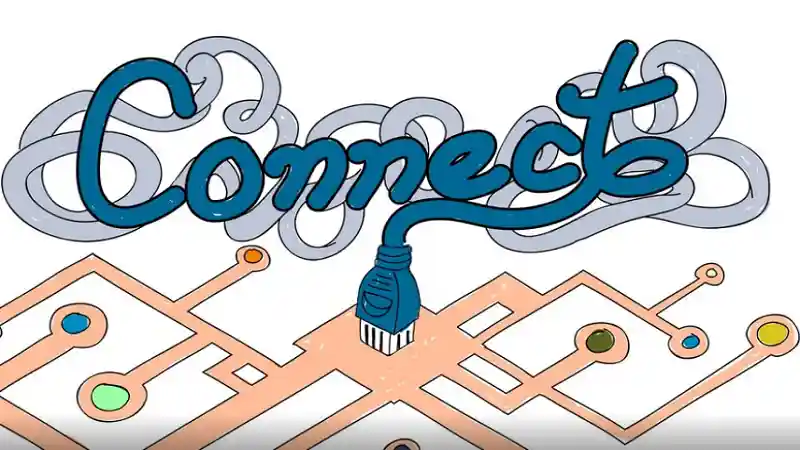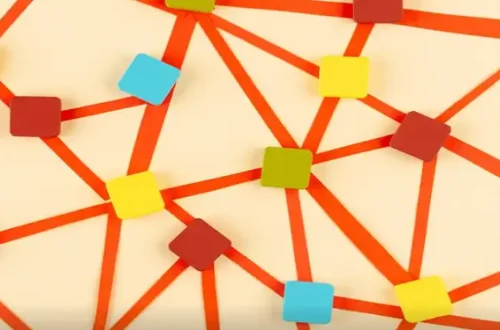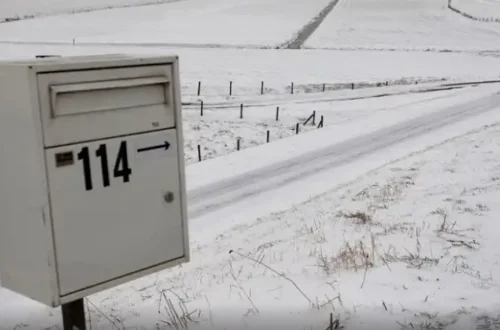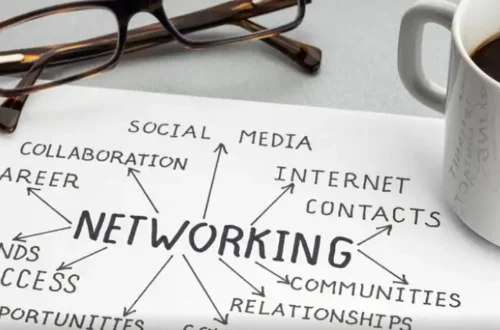In recent years, the New York Times (NYT) has become synonymous with brain-challenging word games, and one of its most popular offerings is Connections. The game tasks players with identifying related words from a grid of 16 terms. At first glance, it seems simple, but the depth and variety of word associations make it a stimulating puzzle that requires a strategic approach. Connections NYT Word Tips
If you’re looking to level up your Connections NYT gameplay, this guide will provide you with practical tips and strategies to enhance your skills. Whether you’re a seasoned player or just starting, these Connections NYT word tips will help you improve your ability to make connections and solve puzzles faster.
What is Connections NYT?
Before diving into the tips, let’s briefly outline how Connections works.
Each day, the NYT Connections game presents you with 16 words arranged in a 4×4 grid. Your task is to categorize these 16 words into 4 groups of 4 that share a common theme. The words in each group can be related in different ways, such as by category (animals, countries, etc.), shared characteristics (colors, shapes), or word associations (synonyms, antonyms). Connections NYT Word Tips
Your goal is to group the words correctly, while avoiding common pitfalls like confusing word associations. The quicker you categorize the words, the higher your score will be. Additionally, you’ll need to be careful with your guesses—incorrect groupings may deduct points and provide you with fewer clues.
Practical Steps to Improve Your Connections NYT Word Skills
Here’s how you can sharpen your Connections NYT skills and improve your gameplay through strategic thinking, pattern recognition, and word association.
1. Familiarize Yourself with Common Word Categories
The first step to becoming a Connections pro is to understand the types of categories that often appear in the game. Many of the words in each daily puzzle fall into predictable themes. By recognizing these themes early, you’ll be able to quickly spot related words.
Some common categories you might encounter include:
- Animals: mammals, birds, insects, sea creatures, etc.
- Colors: primary colors, shades, hues.
- Countries/Capitals: well-known nations or cities around the world.
- Movies/TV Shows: famous films, franchises, or television programs.
- Literature: authors, books, literary genres.
- Historical Figures: presidents, kings, scientists, and other important people from history.
The more familiar you are with different word categories, the faster you’ll recognize relationships between words. Keep a mental list of frequently occurring categories and try to identify them as soon as you begin a puzzle.
2. Start with Obvious Connections
When you first look at the 16 words, some will immediately stand out as obviously related. It’s tempting to overthink the more obscure connections, but starting with the easiest connections first can help build confidence and momentum.
For example, if you see the words “cat,” “dog,” “lion,” and “elephant,” you can quickly recognize them as animals. Eliminating easy connections helps reduce the number of possible categories left to consider, making the puzzle feel less overwhelming.
3. Use Process of Elimination
In many cases, you won’t immediately see a perfect match for every group. That’s where the process of elimination comes in. After identifying the most obvious groupings, examine the remaining words and try to rule out unlikely categories.
For example, if you’ve already grouped a set of colors (like “red,” “blue,” “yellow,” and “green”), you know that the remaining words must belong to different categories. This narrow focus can help you identify more subtle connections.
Additionally, if you’re unsure about a category, try grouping words that you think are unrelated. If they don’t fit, you can deduce that the remaining words must form a different group.
4. Think in Multiple Dimensions
A critical skill in Connections is the ability to think in multiple dimensions. Words can be connected in several different ways: by meaning, by usage, by history, and by context.
For instance:
- Synonyms/Antonyms: Some words may be connected by their meanings, such as “happy” and “joyful,” or “cold” and “chilly.”
- Shared Functionality: Words may share a functional category, such as tools, instruments, or units of measurement.
- Geographical/Political Groupings: You may encounter words that belong to specific regions or political entities, such as countries or cities.
- Cultural References: Words may be associated with movies, books, sports, or music, depending on the puzzle’s theme.
Being able to look beyond the surface-level definitions of words and think about them in a broader context will help you make connections that others might miss.
5. Don’t Overthink the Harder Groups
As you progress through the puzzle, you might encounter a category that’s trickier than the others. It’s easy to become fixated on solving the puzzle all at once, but it’s important to maintain a sense of flexibility.
If you’re stuck on a particular set of words, take a step back and reconsider the categories. You don’t always need to complete every group in the first pass. Sometimes, it’s helpful to leave a tricky section and come back to it after working through the easier categories.
6. Practice Word Association Games
One of the best ways to improve your ability to identify word connections is by regularly practicing with other word association games. Engaging with puzzles like Wordle, Boggle, or Scrabble will enhance your vocabulary and the speed at which you can make connections.
While these games aren’t identical to Connections, they encourage similar thinking patterns, such as identifying synonyms, antonyms, and related concepts. By playing these games, you will train your brain to think more quickly and make stronger word associations, which will help you perform better in Connections.
7. Use Hints Strategically
If you’re playing the NYT Connections game on their website or mobile app, you may have access to hints. While it can be tempting to use them, try to avoid relying on them too frequently. Hints can give you a boost when you’re stuck, but overuse can hamper your problem-solving skills and reduce the satisfaction of completing a puzzle on your own.
When you do use hints, try to take note of why a particular word was grouped in a certain category. This could provide insight into future puzzles and expand your mental toolkit for identifying connections.
8. Track Your Progress
If you’re serious about improving your Connections NYT gameplay, it helps to track your progress over time. You can note the types of categories you’re encountering most frequently, the connections you find hardest to make, and the strategies that seem to work best.
Over time, you’ll likely notice patterns in how certain words or categories are grouped. Keeping track of your performance helps reinforce your knowledge and allows you to see how much you’ve improved.
Conclusion
Mastering Connections NYT requires a combination of word association skills, strategic thinking, and pattern recognition. By following these practical steps—familiarizing yourself with common categories, starting with the obvious, using the process of elimination, and practicing regularly—you’ll be able to improve your gameplay and have more fun in the process.
Remember, the key to becoming a Connections NYT expert is persistence. The more you play and engage with the game, the sharper your skills will become. Keep practicing, stay patient, and soon you’ll be solving puzzles like a pro Connections NYT Word Tips





